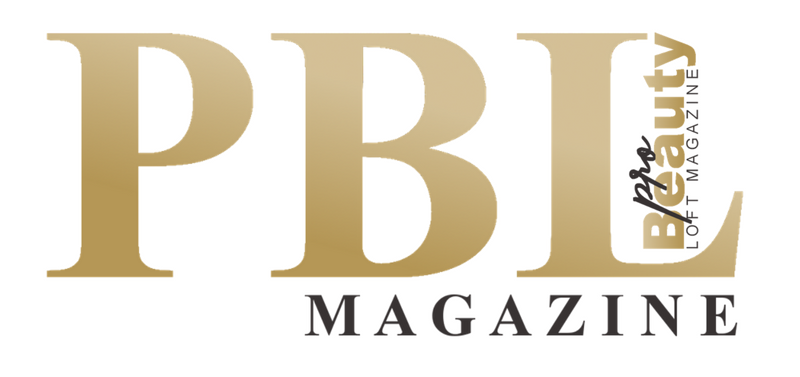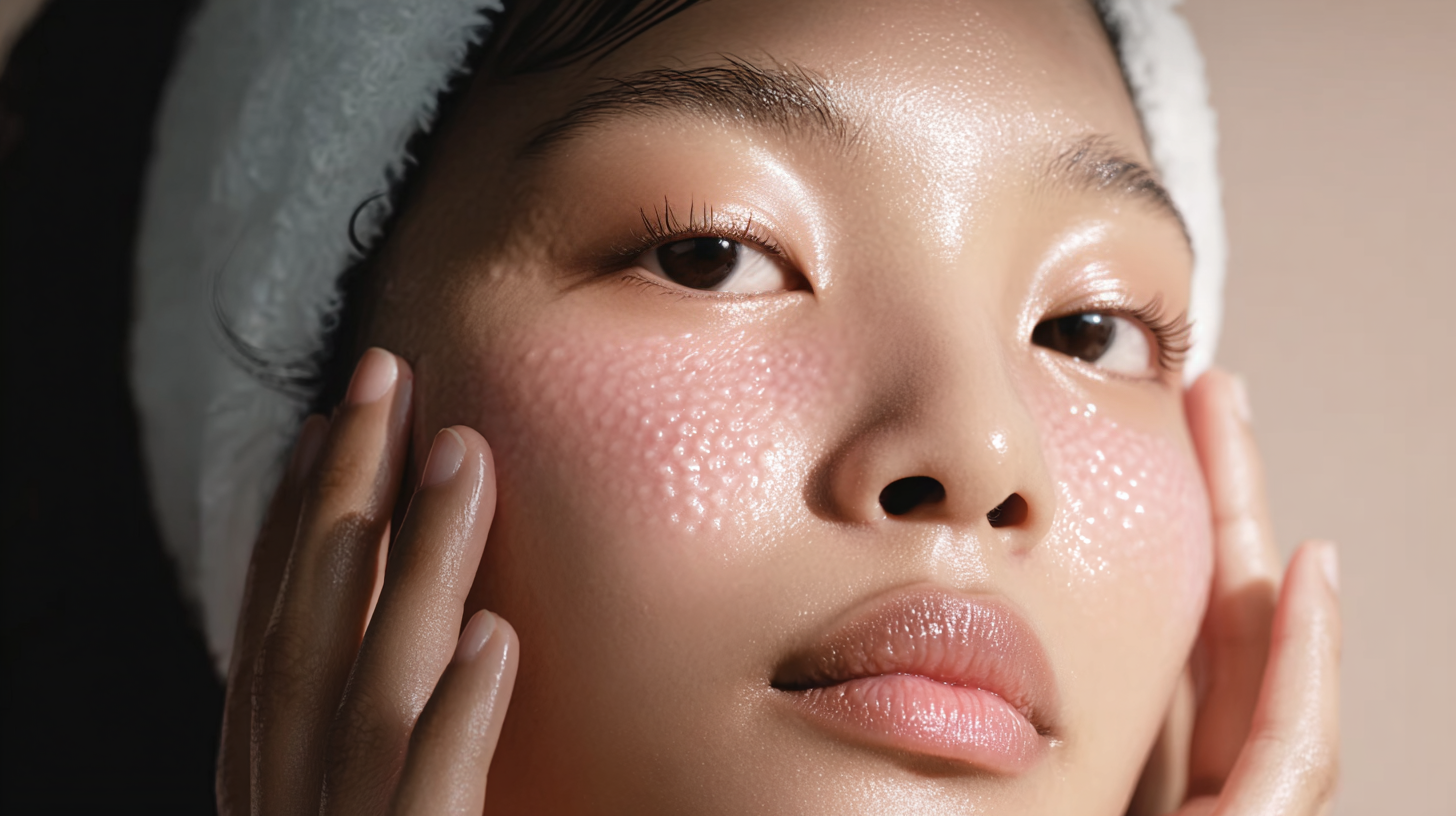What Does the Dua Lipa x Augustine Bader Partnership Mean for the Future of Celebrity Brands?
When Dua Lipa unveiled DUA, a three-piece skincare line created with Augustinus Bader, industry watchers clocked more than another celebrity drop. It looks like a new blueprint for how fame, science and price architecture can co-exist without cannibalising the parent brand or exhausting consumers who are weary of celebrity-fronted launches. The range launched on 4 November 2025 with a cleanser, a glow serum and a moisturiser priced roughly $40 to $85, well below Augustinus Bader’s core line. The line uses a proprietary complex called TFC5, positioned as a gentler sibling to AB’s hallmark TFC8.
There is broad fatigue with celebrity beauty. Surveys and trade commentary through 2024 and 2025 point to waning trust in celebrity and influencer badges, with authenticity and credible efficacy now trumping star wattage alone. That does not mean the category is dead, only that fame no longer supplies automatic product-market fit. Brands are recalibrating away from founder-centric hype toward evidence and supply-chain credibility.
Dua Lipa has already spent years presenting an effortless, quietly luxurious image and shaping beauty conversation through tours, fashion editorials and social. Crucially, she has a visible history of using Augustinus Bader products, which primes her audience to accept a science-led routine. Augustinus Bader itself is rooted in decades of research by Professor Bader, whose wound-healing work underpins the brand proposition and its premium prices. That established science story now ladders into a more accessible tier without asking AB to discount its hero creams.
The product architecture explains the strategy. DUA employs TFC5, framed as a lighter-touch complex for younger skin needs, while the flagship AB range retains TFC8 for intensive skin renewal. Positioning the technology families as adjacent rather than identical avoids a race to the bottom on price and preserves AB’s luxury halo, yet lets DUA ride AB’s scientific goodwill. Price gaps are material. AB’s The Rich Cream commonly retails well into three figures in the UK, whereas DUA starts near the £30 to $40 mark.
Think of the partnership as a form of third-party accreditation in a category where consumers increasingly want proof. Dua is credited as a founder of DUA by AB Science, but the formulation engine and IP lineage belong to a lab with an existing track record. In effect, DUA imports AB’s systems, quality controls and clinical narrative, short-circuiting the multi-year credibility runway that many celebrity founders have to build from scratch. The comparison with Hailey Bieber is instructive. Rhode was deliberately slow, education-led and efficacy-obsessed. Dua’s route compresses that trust-building by borrowing AB’s R&D reputation and quality cues from day one.
Co-creation isn’t new - most of the time, we simply don’t know about it. The industry has long blurred lines between brands, labs and IP owners. Urban Decay’s All Nighter setting sprays were co-developed and manufactured by Skindinavia for years, a partnership only widely acknowledged when it ended in 2025. DUA makes that kind of co-creation explicit in the brand name and go-to-market story. For a sceptical consumer, transparency about who actually formulates and why the tech is different is an advantage.
Strategically, this is a classic barbell. AB keeps its luxury core intact while extending down into the premium-accessible segment through a distinct sub-brand with its own tech signifier. Dua Lipa gains a credible lab partner and an instant distribution of trust. The three-SKU routine keeps focus on texture, barrier support and glow, aligning with Gen Z and young millennial demand for low-friction systems rather than maximalist regimens. Early coverage stresses simplicity, fragrance-free formulas and travel-proof utility that mirrors Dua’s lifestyle narrative.
What it means for the next wave of celebrity beauty
Expect more celebrity x science house hybrids that sit between white-label vanity projects and fully independent labs. The winning patterns will likely share five traits:
Visible science parentage. The lab or heritage brand must be named and narratively central, not buried in small print. DUA bakes AB into the masthead, which signals provenance.
Tiered technology families. Sub-brand complexes that are related but not interchangeable protect the parent’s price integrity while offering credible entry points. TFC5 versus TFC8 is a clear example.
Authentic usage history. Fans want to see that the celebrity has used the technology long before the launch. Archived “favourites” pages and editorial features that pre-date the line help validate the story.
Tight, needs-based assortments. Three to five SKUs that solve universal jobs will outperform sprawling drops, particularly as consumers seek fewer, better steps. DUA’s cleaner-serum-cream triad is the model.
Price architecture that maps to behaviour. The accessible tier must feel like a trade-off in intensity or actives, not in quality or safety. Clear differences in claims and use-cases help. Press coverage has already separated DUA’s maintenance-led positioning from AB’s corrective renewal story.
Two execution risks remain. First, over-extension. If AB proliferates too many sub-lines or collapses the perceived distance between TFC5 and TFC8, the luxury flagship could blur. Second, proof velocity. This model invites scrutiny of real-world outcomes. Without robust testing narratives or measured benchmarks, DUA could be lumped back into the celebrity churn it is trying to escape. The good news is that AB’s scientific origin story and long research runway provide an unusual buffer.
DUA by AB Science reads as a category reset rather than a standard celebrity brand. It leverages star power to open the funnel while anchoring trust in a research-led parent. If it performs, expect fewer standalone celebrity start-ups and more co-branded science partnerships with clear tiering, visible IP and transparent storytelling. For retailers and investors, that could mean cleaner SKU productivity, fewer markdowns and a healthier path to repeat purchase in a crowded market.









